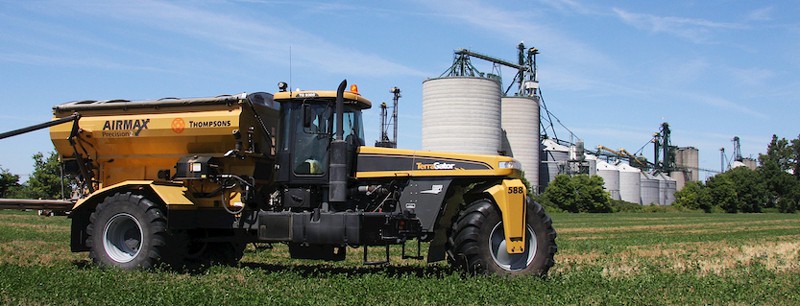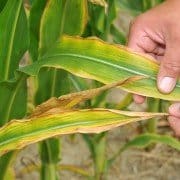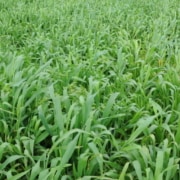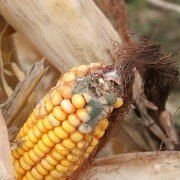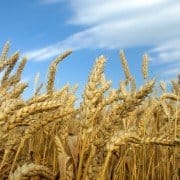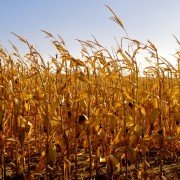Reduce production costs without sacrificing yield
Falling commodity prices mean growers are concerned with their profit per acre. Input costs have remained high and have not adjusted to where farmers believe they should be. Until prices change, strategic adjustments will have to be made to stay profitable during lower commodity pricing years. Thompsons has identified 5 ways to help you reduce production costs without sacrificing yield.
Variable rate nitrogen application
In the past, farmers applied nitrogen as if the yields in each field are constant and uniform. Soil tests and yield data, or even a walk through your fields in-season will confirm that yields vary, sometimes substantially across all parts of the farm. Placing the correct amount of nitrogen only on areas where it is needed, according to your soil tests, will save you money. Have your farm soil sampled to see how much estimated nitrogen release can occur from organic matter so you can cut back on nitrogen next year. Or in a year like this, applying nitrogen later in season is a viable option as well. When you know loss has occurred from the upfront nitrogen application, later applications can help maintain yield potential.
Using NDVI (Normalized Difference Vegetative Index) from GreenSeeker can be one way to variable rate apply nitrogen depending on the crop vigour that it sees as it goes across the field. Using NDVI from imagery can create zones where Variable Rate Nitrogen scripts can be applied to your field – placing more nitrogen in areas where yield is higher and decrease nitrogen in areas where yield is lower.
GPS guidance
Many farmers have purchased and are utilizing GPS guidance systems to lower their production cost. RTK (Real Time Kinematic) is a technique used to enhance the precision of position data derived from satellite-based positioning systems. Auto guidance on planters, tillage equipment and sprayers allows growers to use less fuel and inputs, create straighter rows, and allows the grower to be more efficient. Swath control on equipment eliminates double applying inputs, thus cutting back on costs. For growers with odd-shaped fields, this can create a huge cost savings.
Data collection
Collecting data through NDVI imagery, yield mapping, or soil sampling can help growers create evaluations of certain farming products or techniques. It allows growers to make comparisons of management practices, comparisons of yield variations between varieties, and most importantly, allows growers to track trends throughout their fields and aids them in profitable decision making each year.
Lowering seed costs
Seed costs continue to stay relatively strong compared to commodity prices. Cutting back on seed without cutting back on average populations is key to lowering your total cost. With the use of automatic row shutoffs or automatic clutches, your planter reduces seed placement in areas where overlapping and over applying would typically occur.
Variable rate planting (if your planter has the capabilities) is another great tool for seed savings. Being able to cut back populations on lower yielding knolls, or being able to adjust your seeding rate higher in higher yielding parts of your fields, places the right amount of seed in the right spot and can lower your final seed costs.
Fertilizer applications based on soil test results
Having your soil tested every 3-4 years allows growers to make better fertilizer management decisions for their fields. Sampling on either a 2.5, or 5 acre grid, or based on management zones, can allow growers to variable rate apply their fertilizer and allow nutrients to be placed at the right place and the right time.
Applying your fertilizer as a straight rate across the field is not needed on certain spots if nutrient levels are already high. Variable rate applying lime, potassium, phosphorus, and other micronutrients on places that need it, and cutting back on areas that don’t will save you on input costs. By getting your soil back up to par on nutrients, it will improve your ability to diagnose crop production problems. Accurate soil tests, and variable rate technology prevents over-application of fertilizer, and promotes good land stewardship.
Conclusion
Precision Agriculture is simply defined as using new technologies such as GPS, sensors, variable rate application equipment and aerial or satellite images to make farming more efficient and more profitable. It is our goal at Thompsons to help farmers improve their margins by helping decrease their operating costs, as well as increasing soil fertility and yields.
To start utilizing these practices in your operation or for further information, contact your local Thompsons branch.

